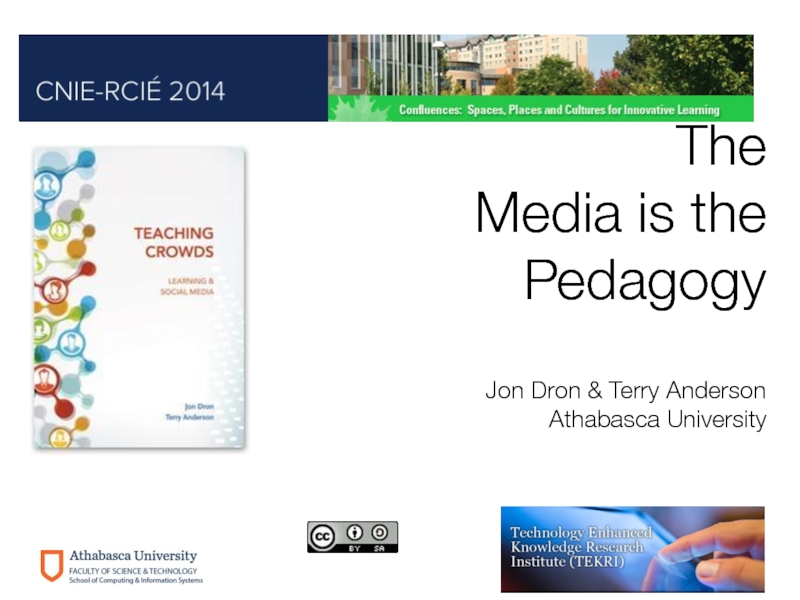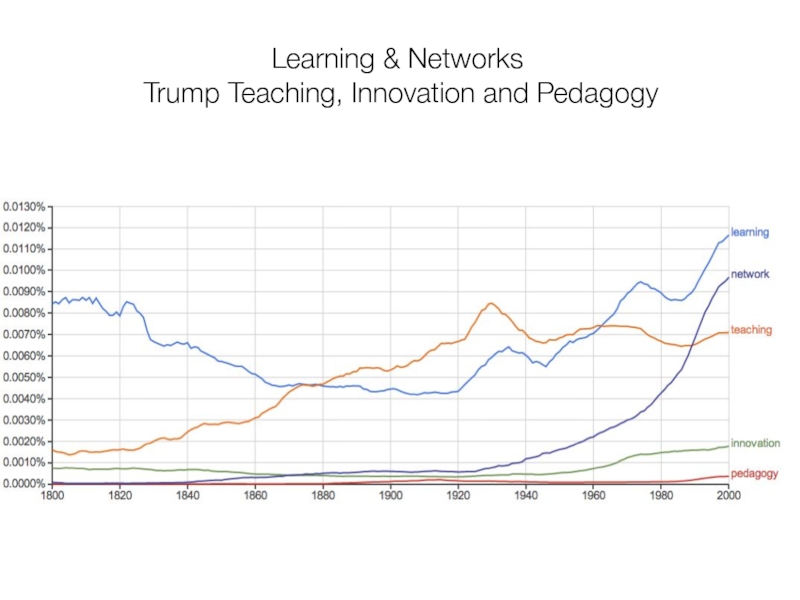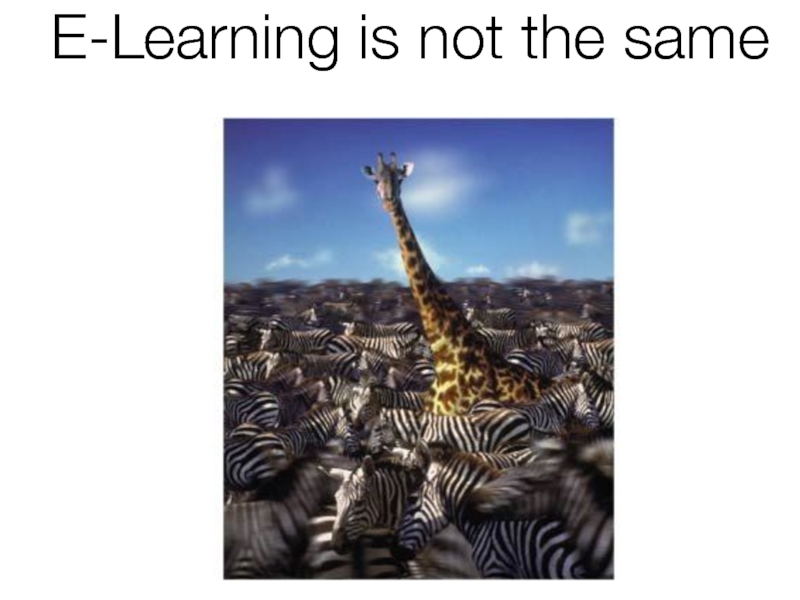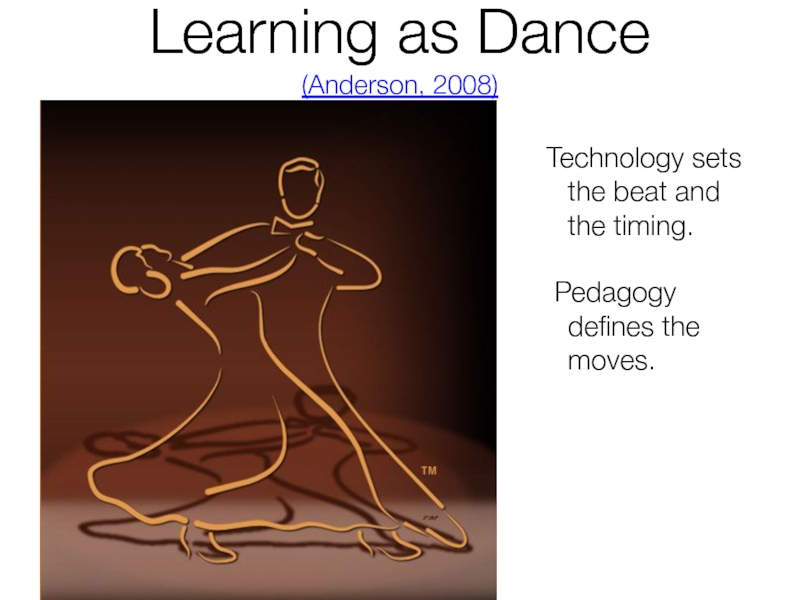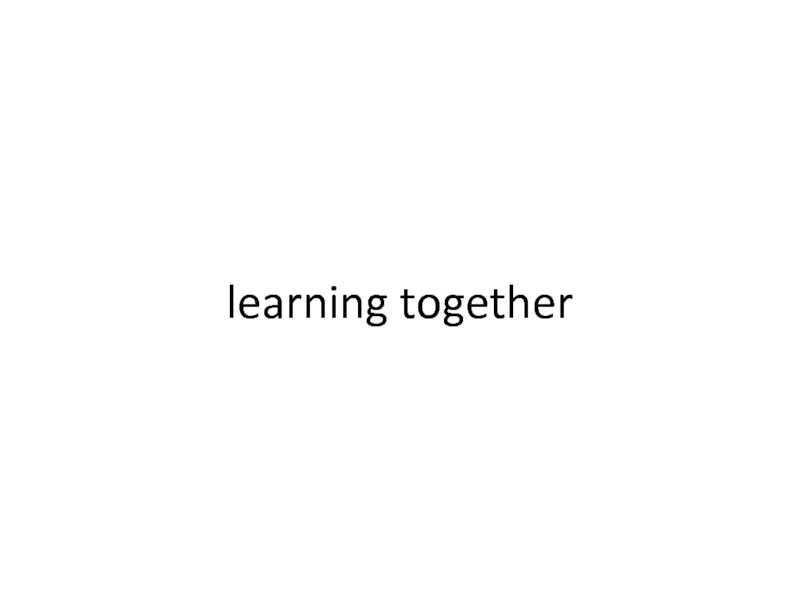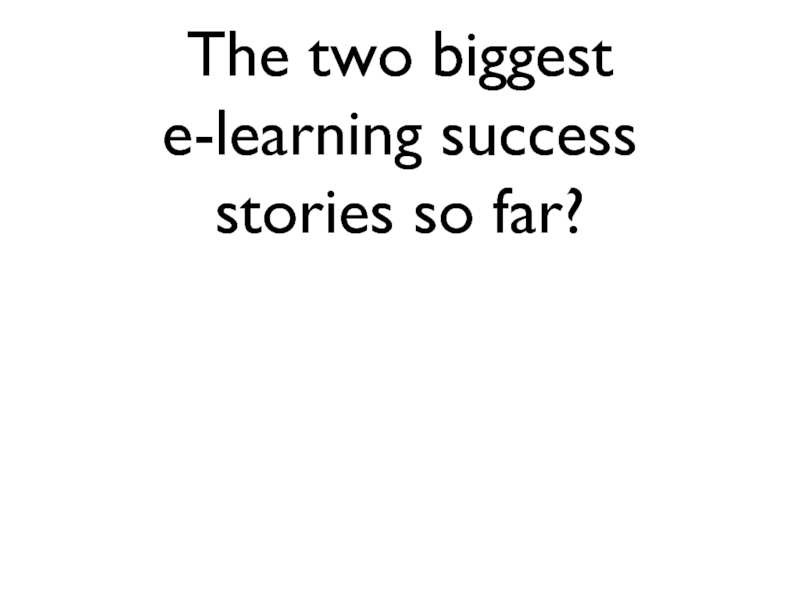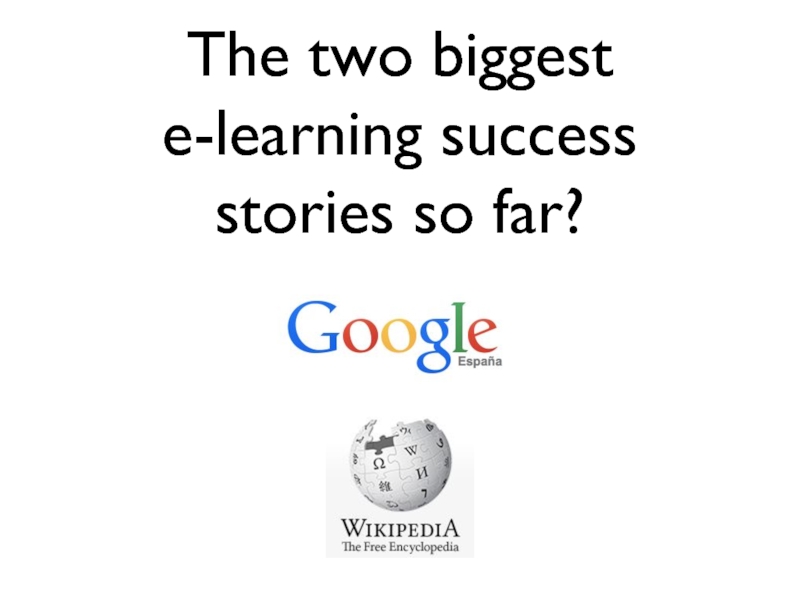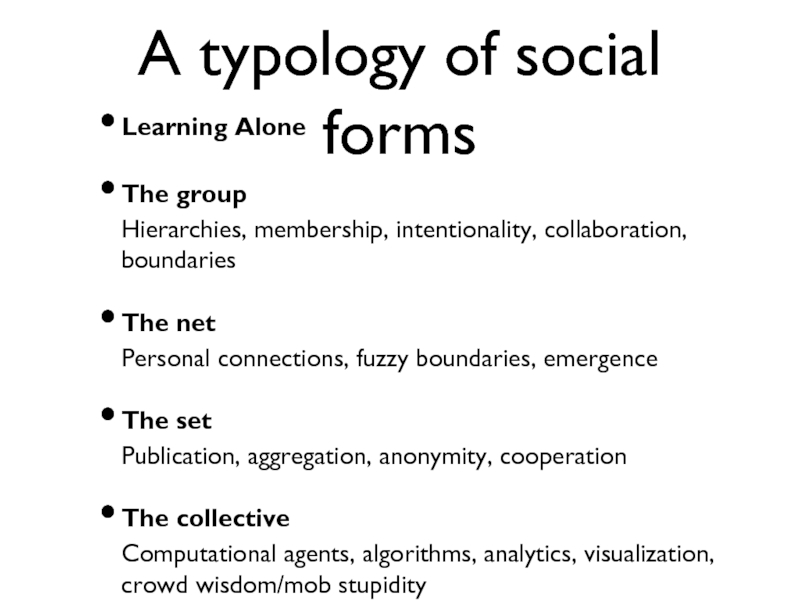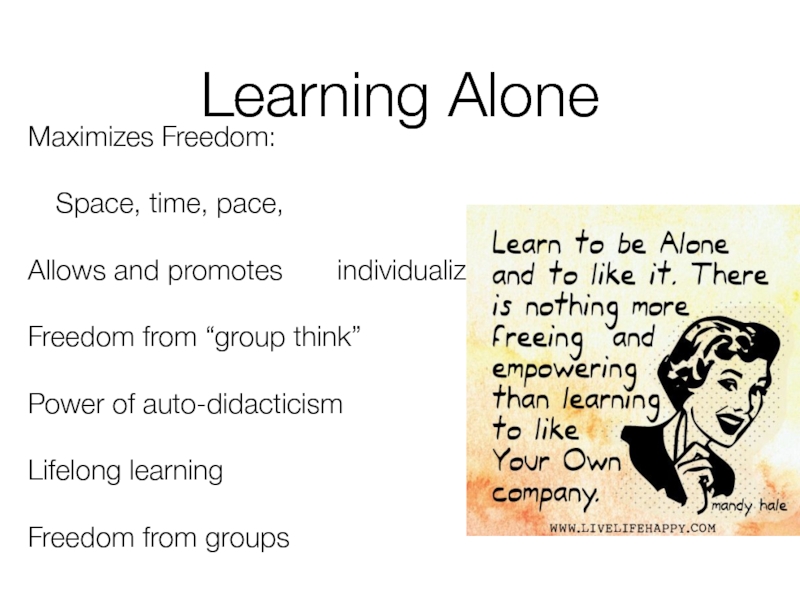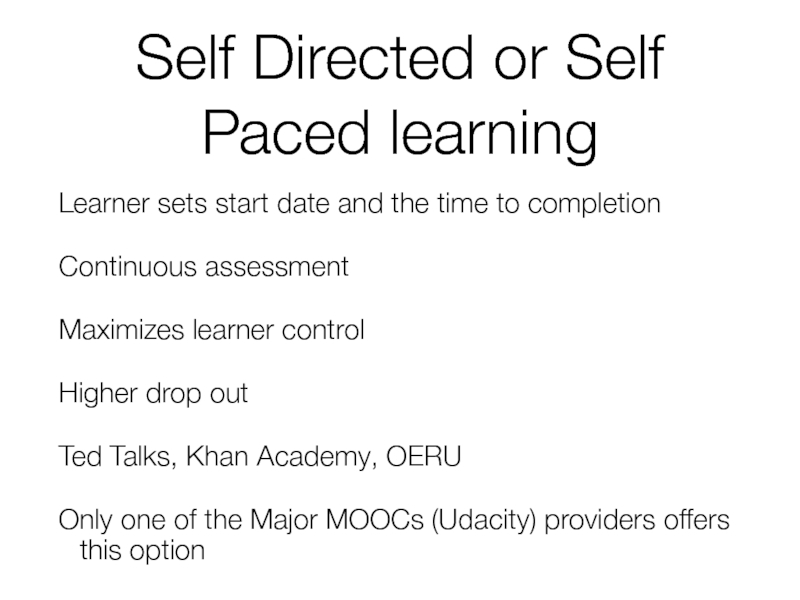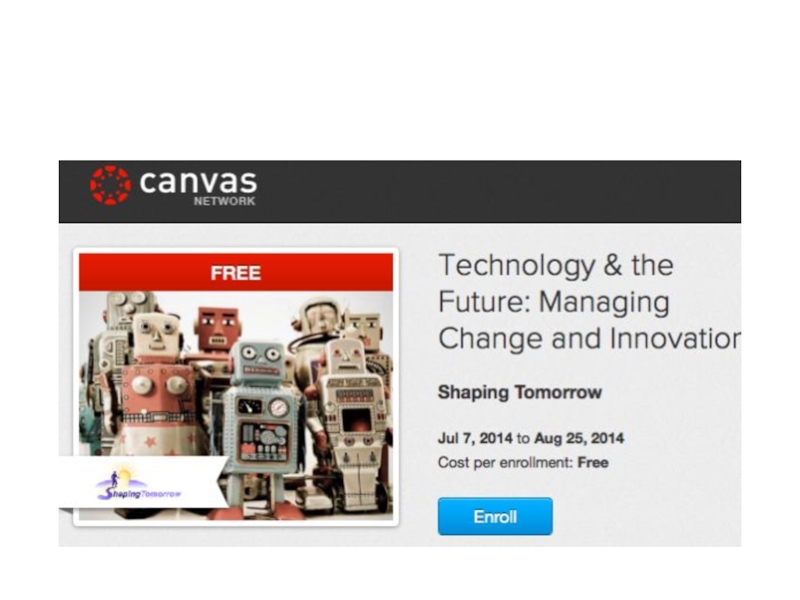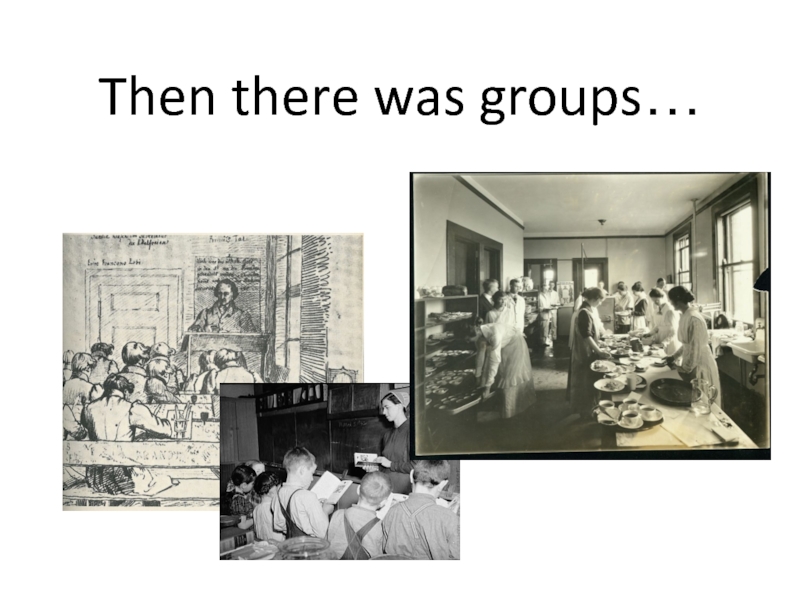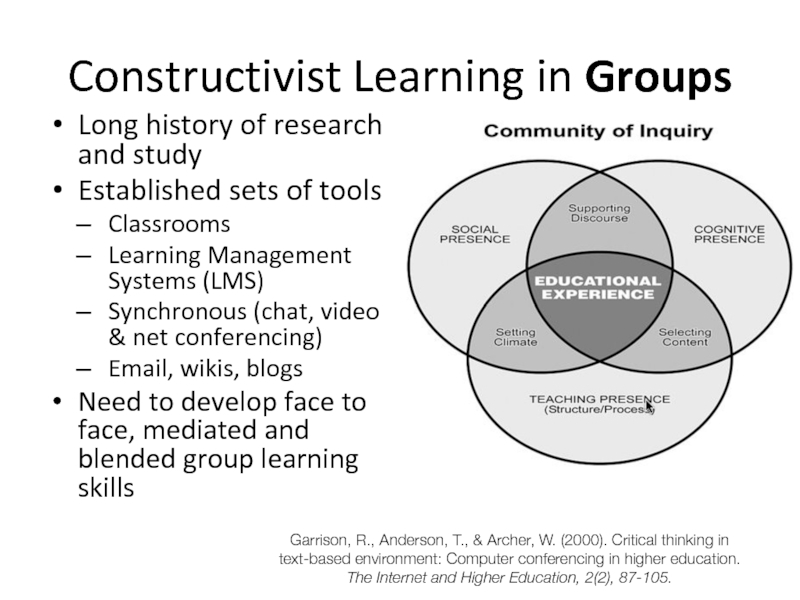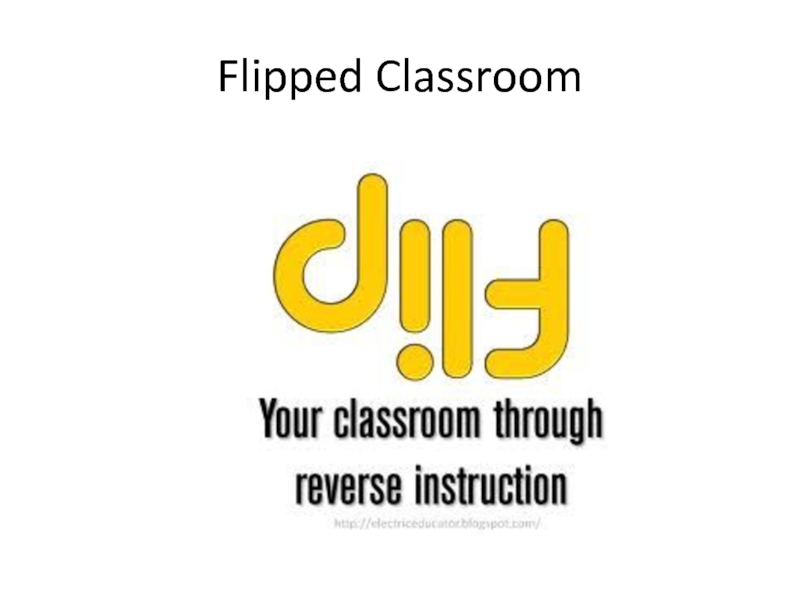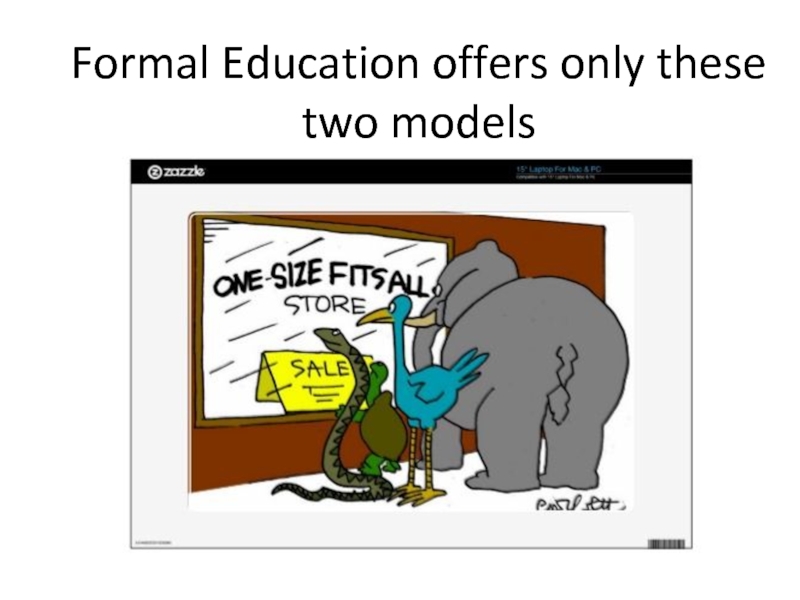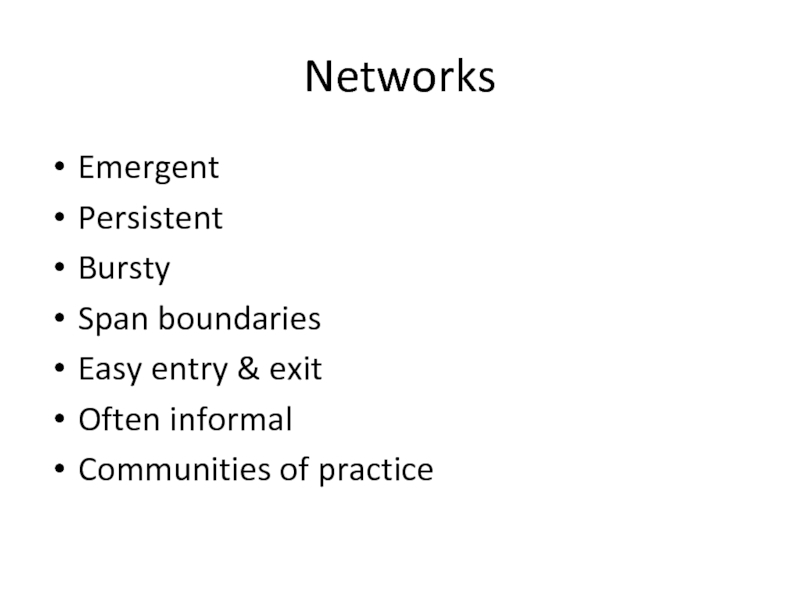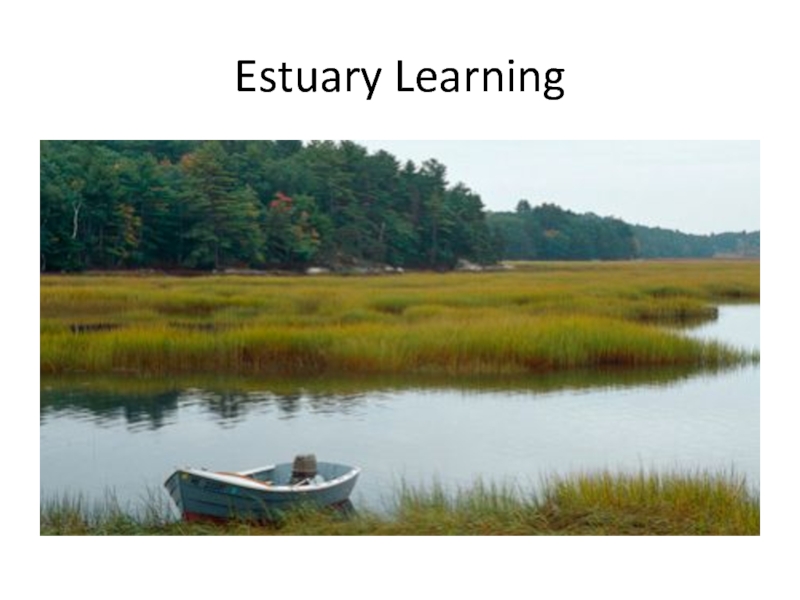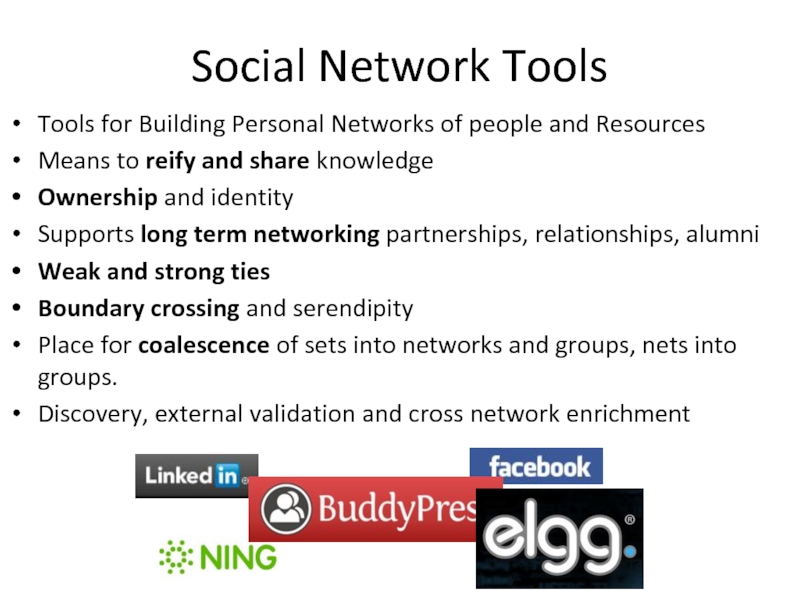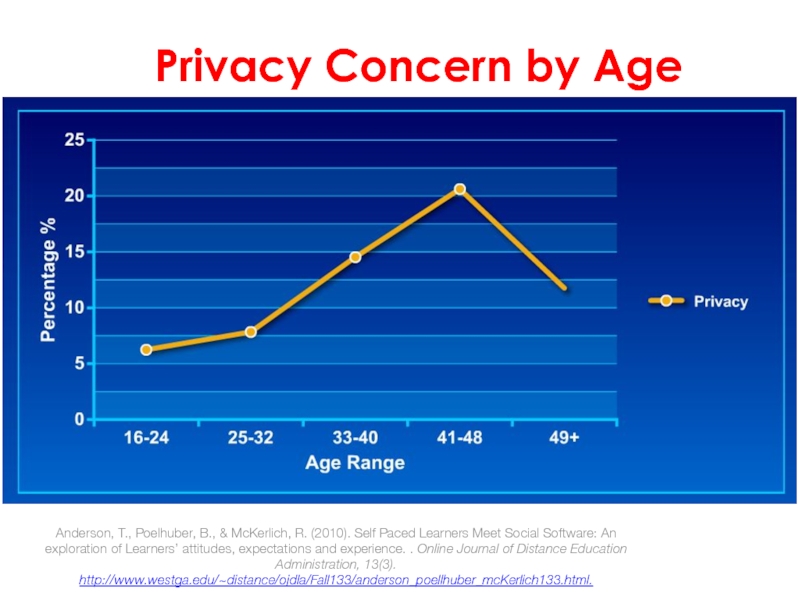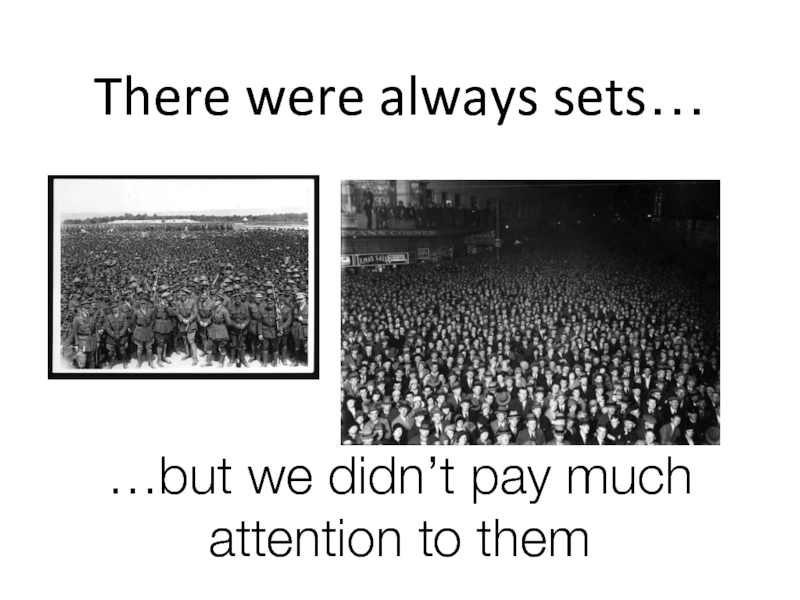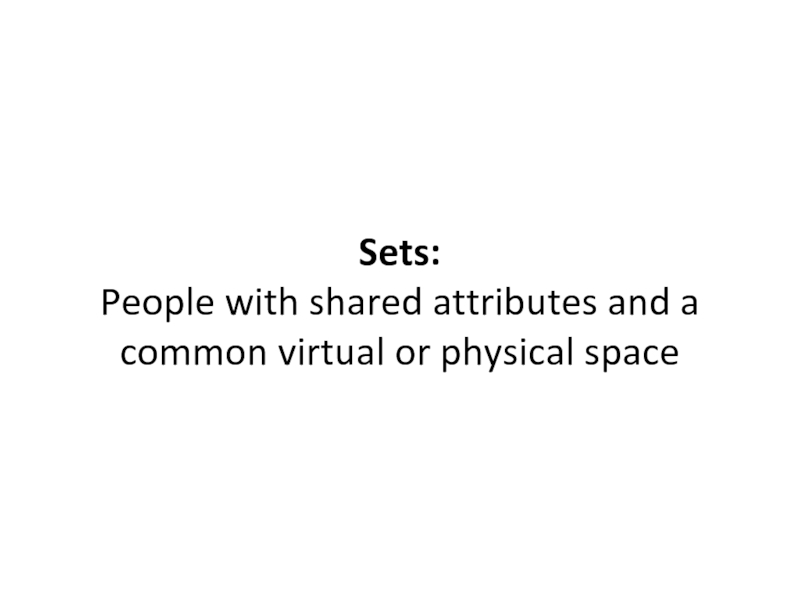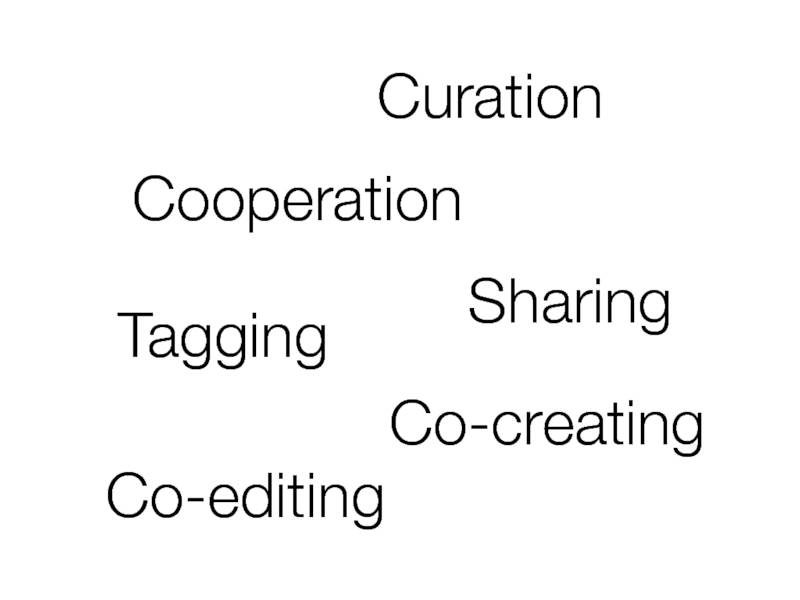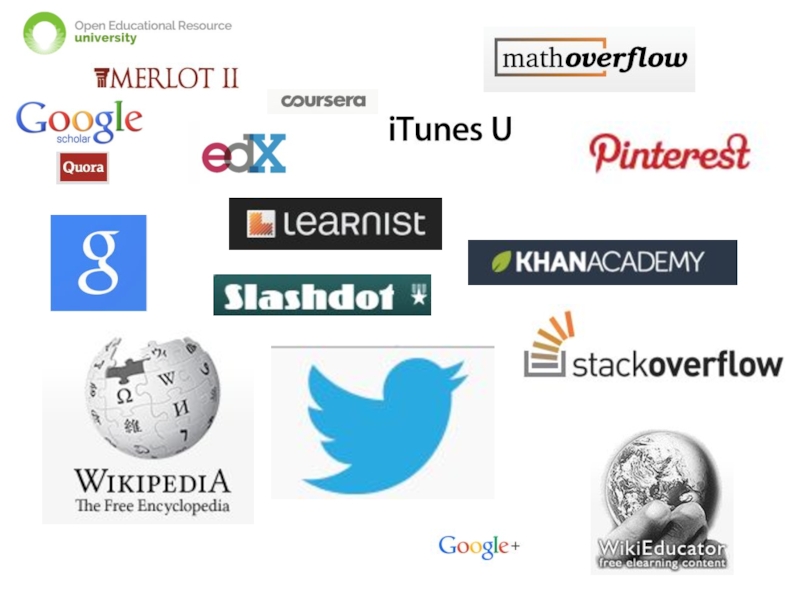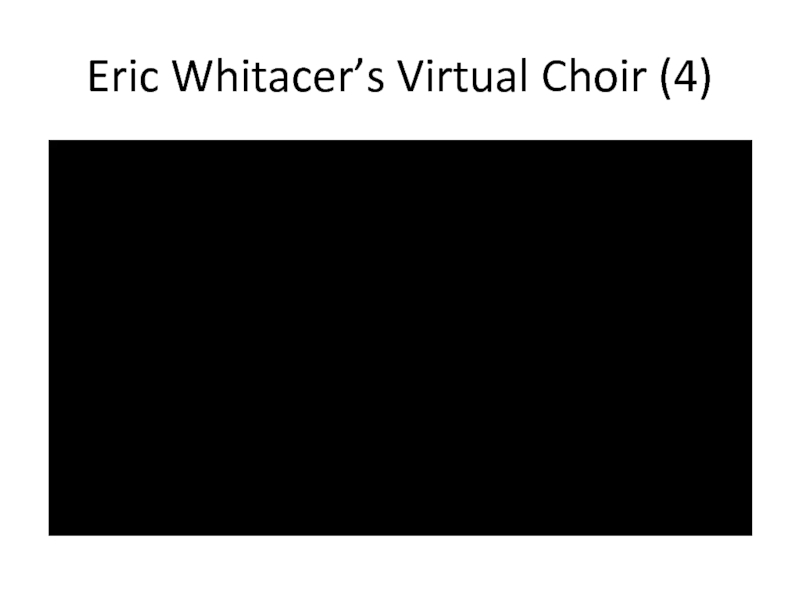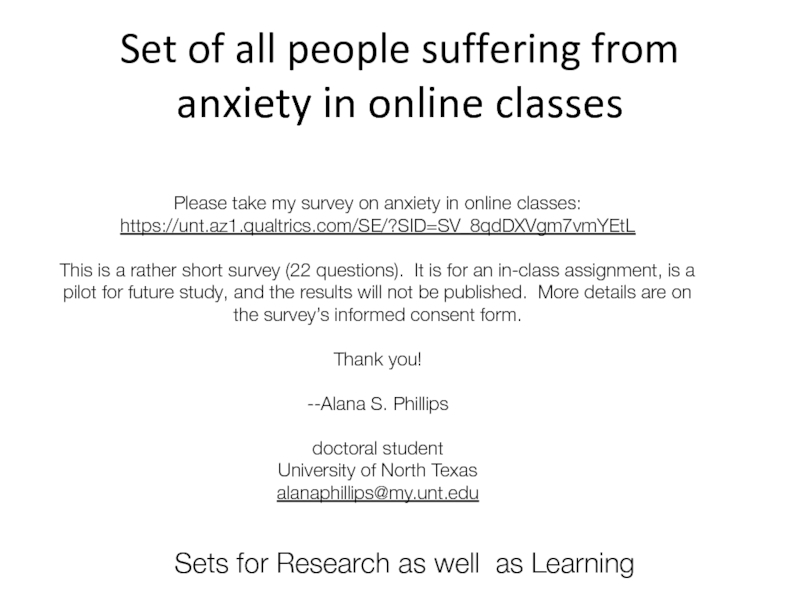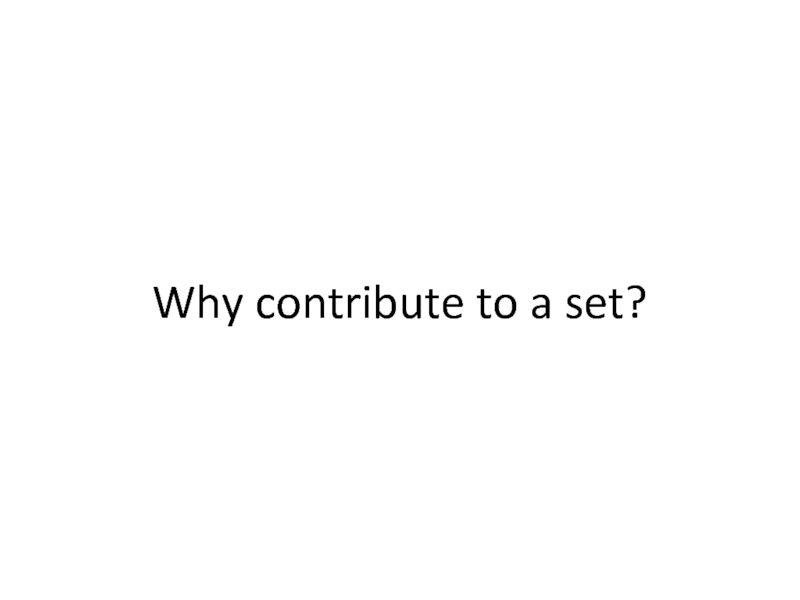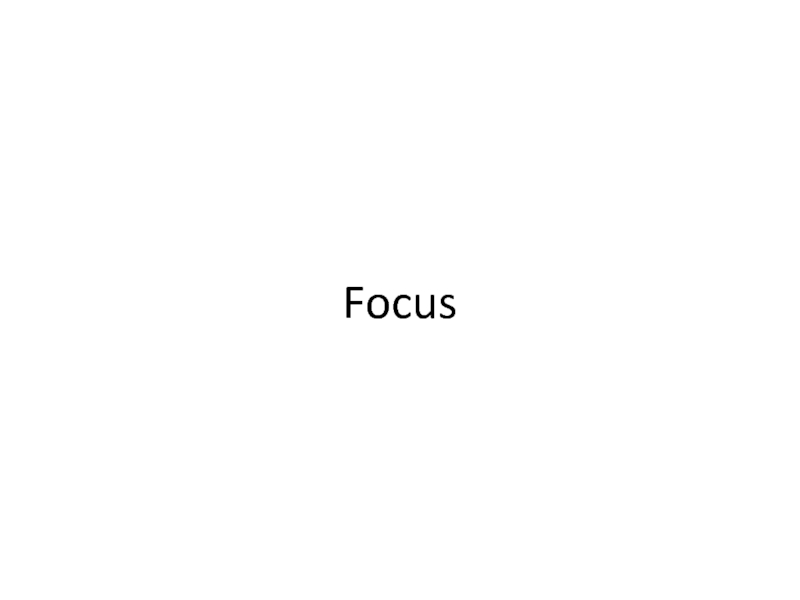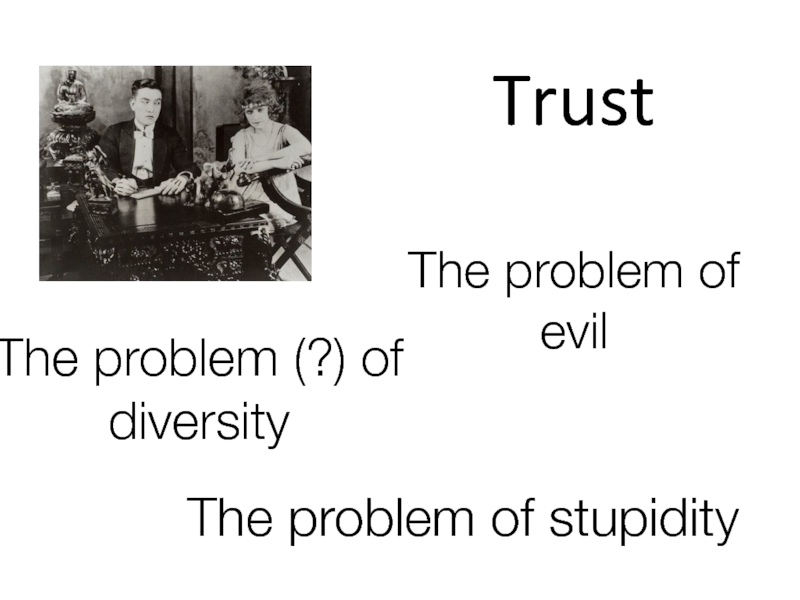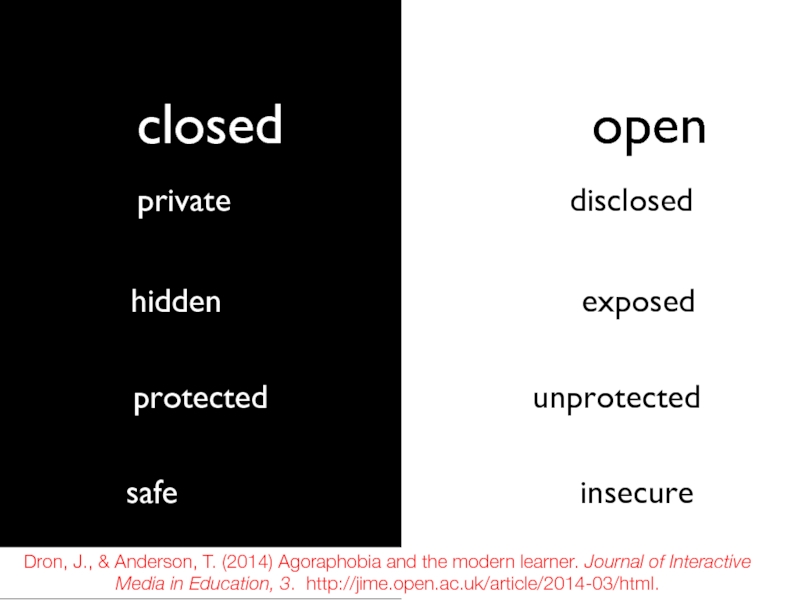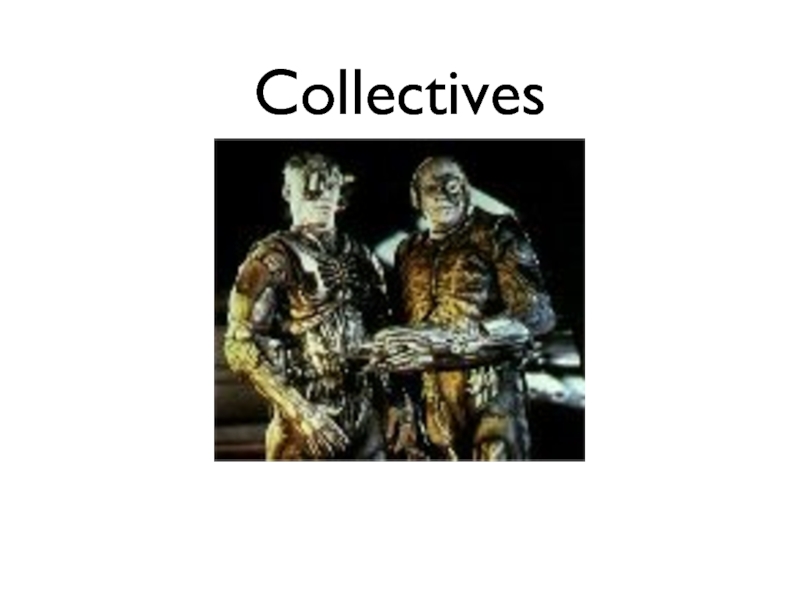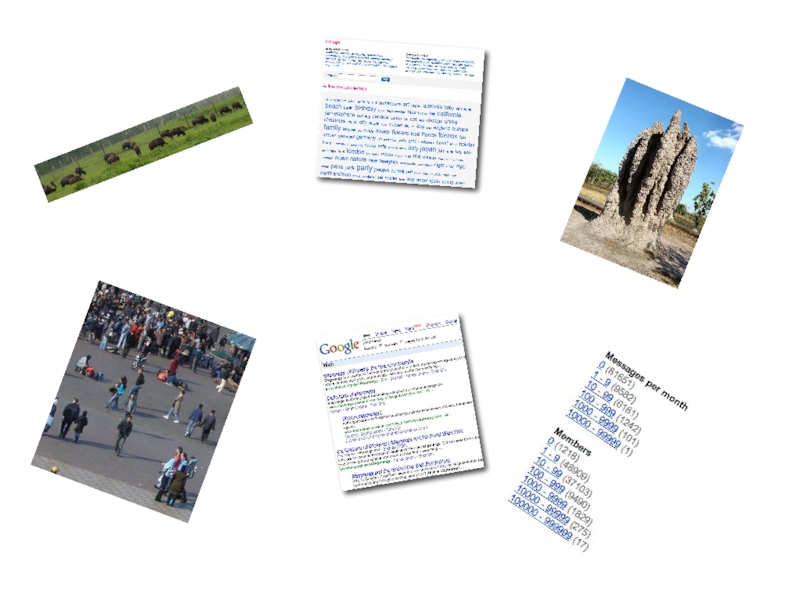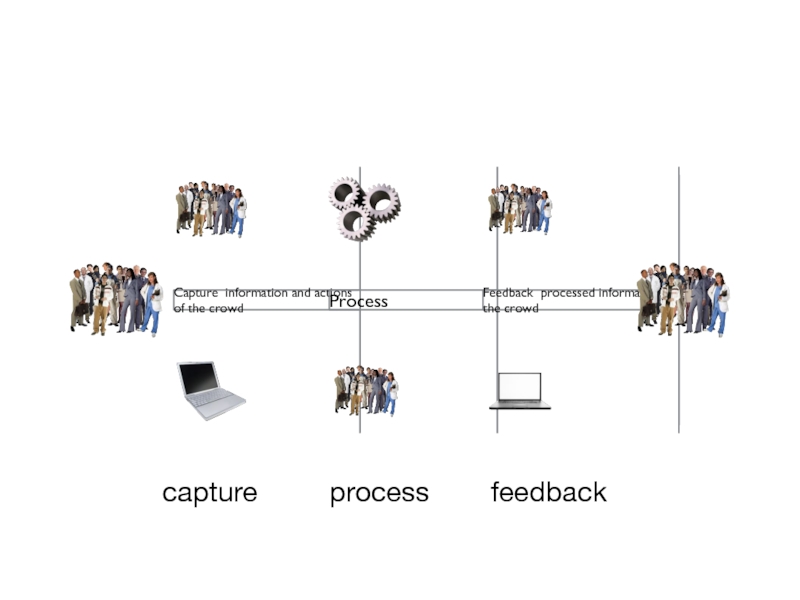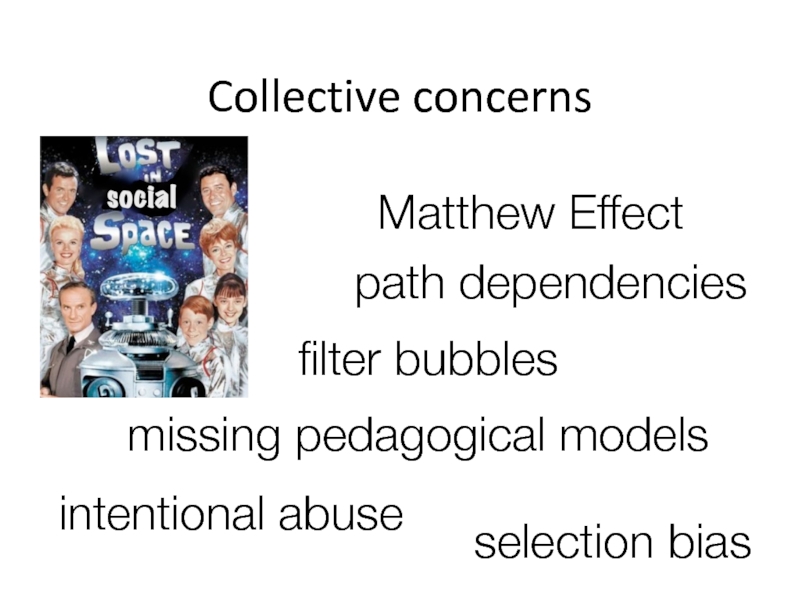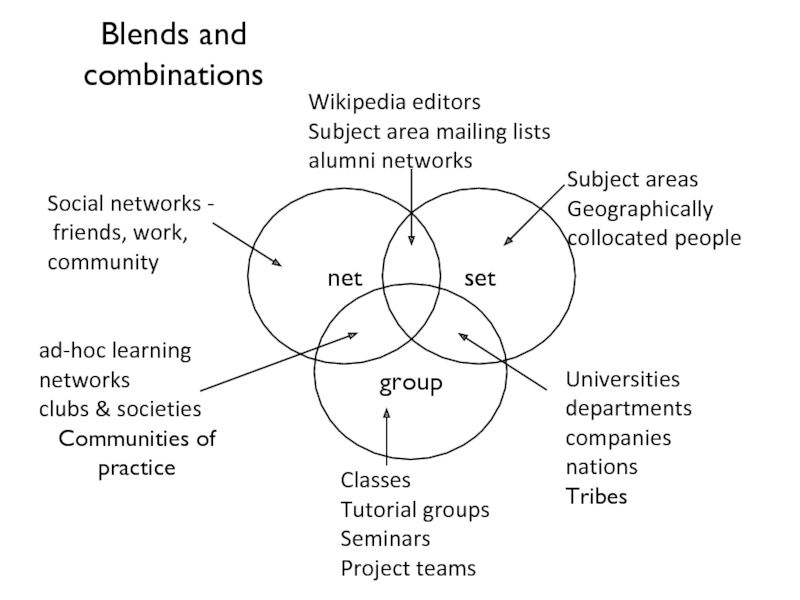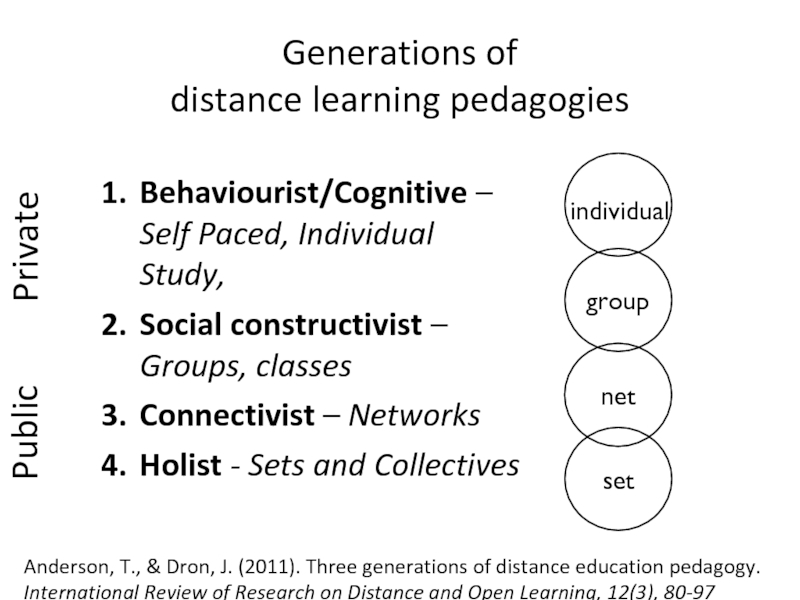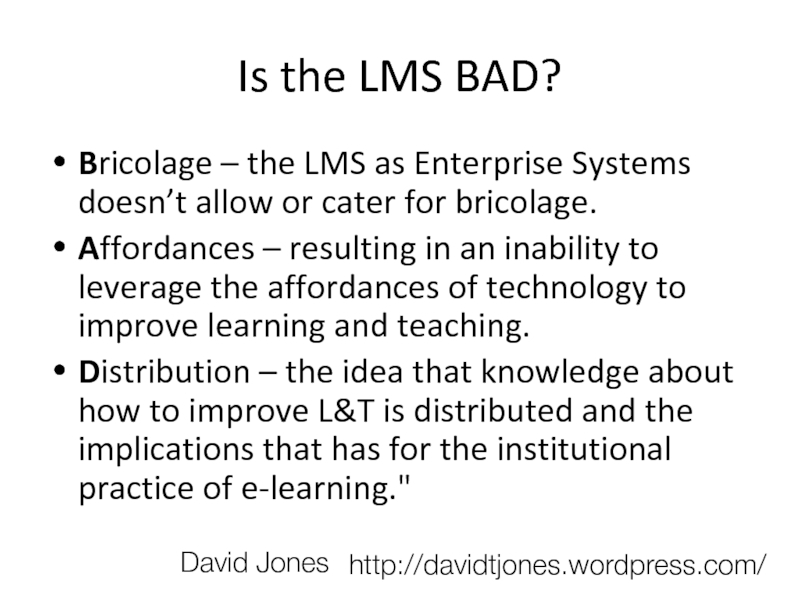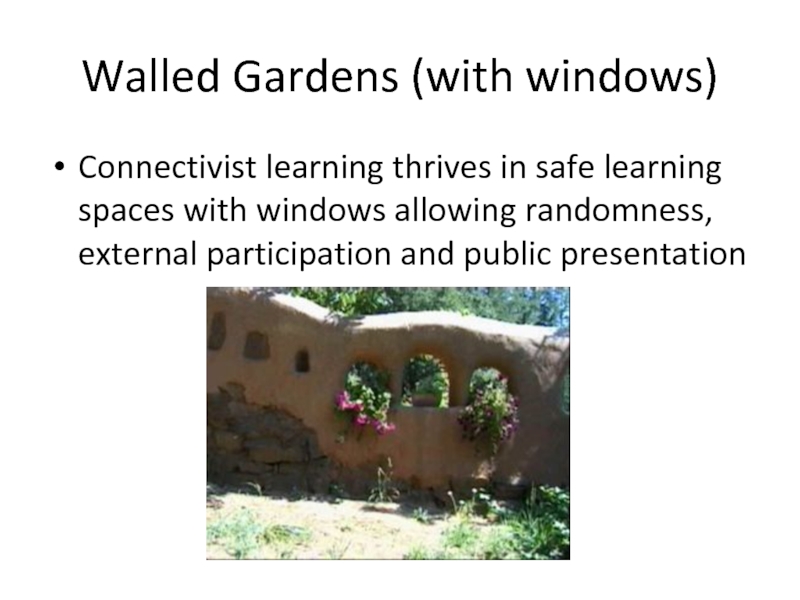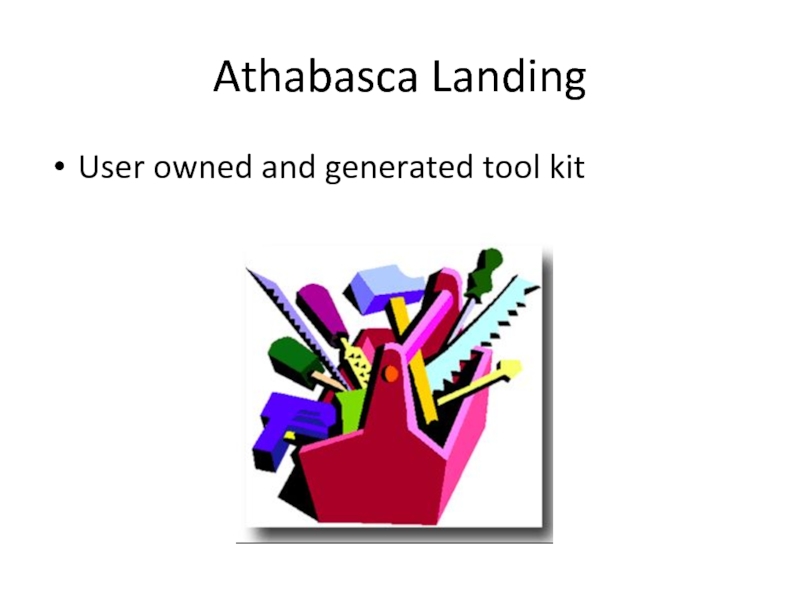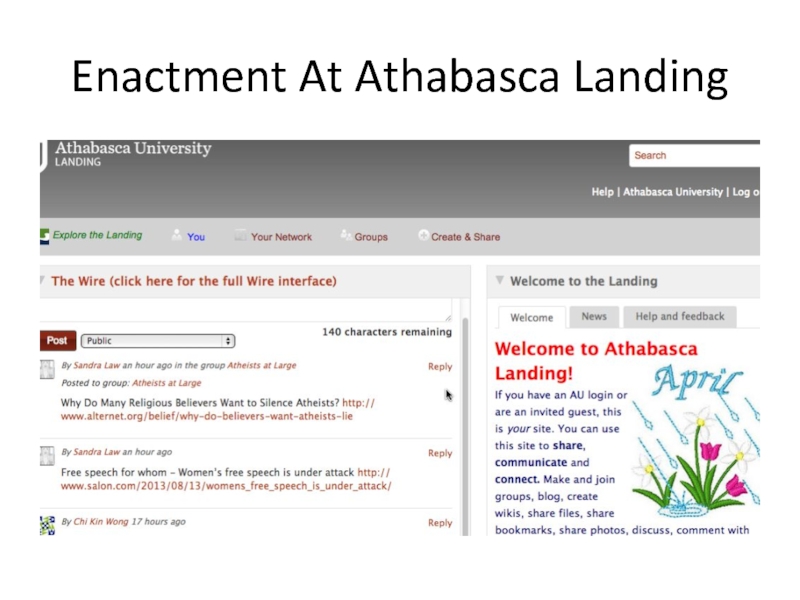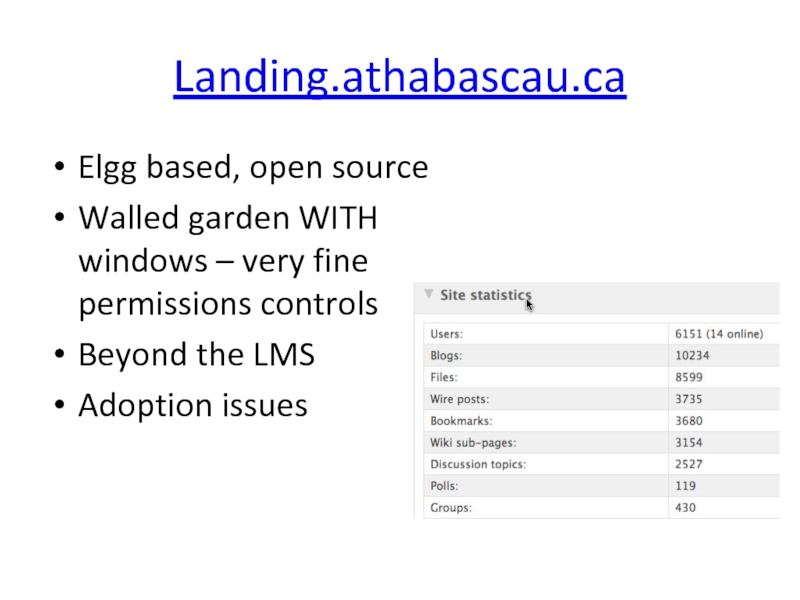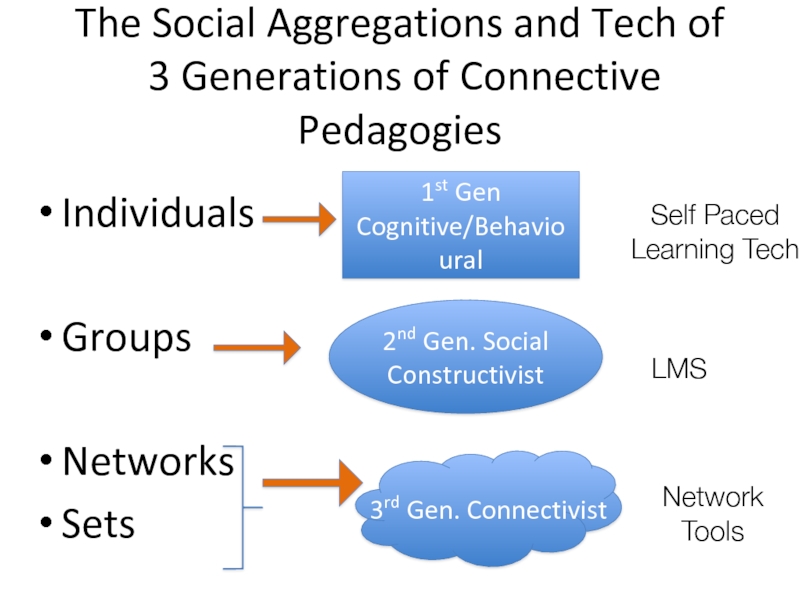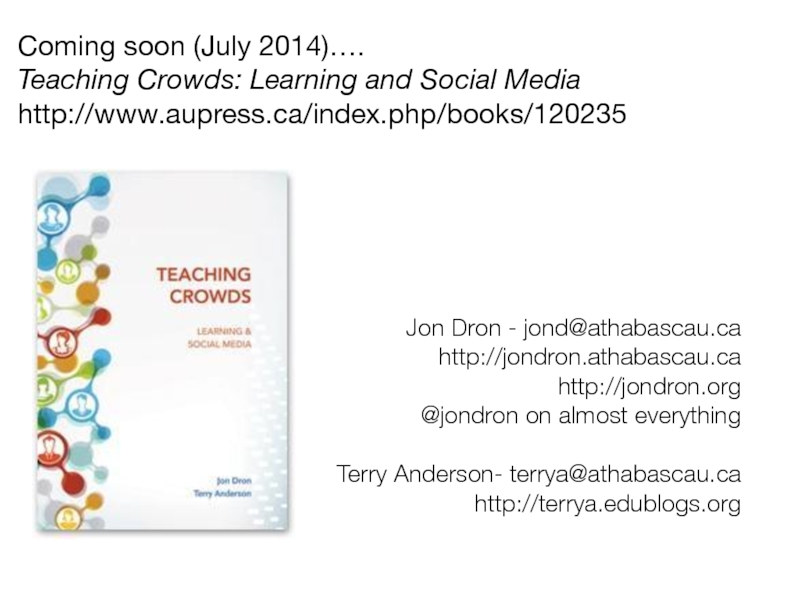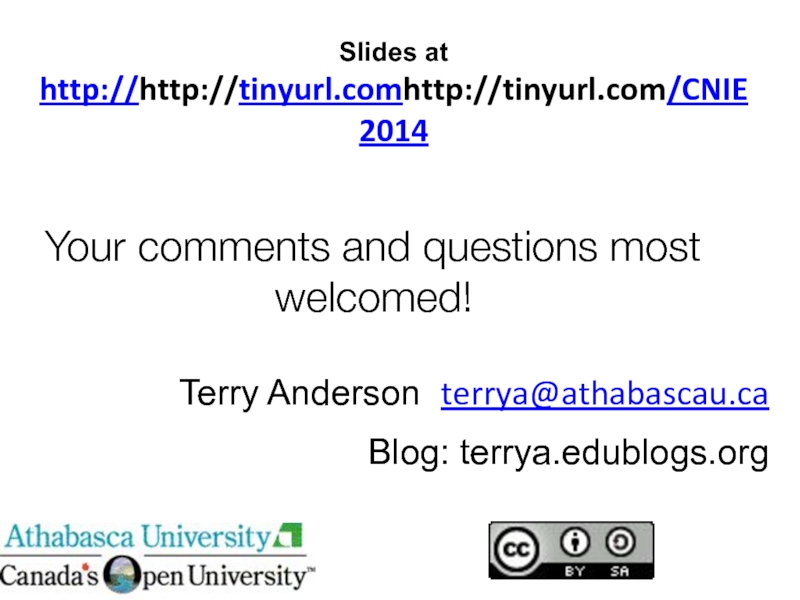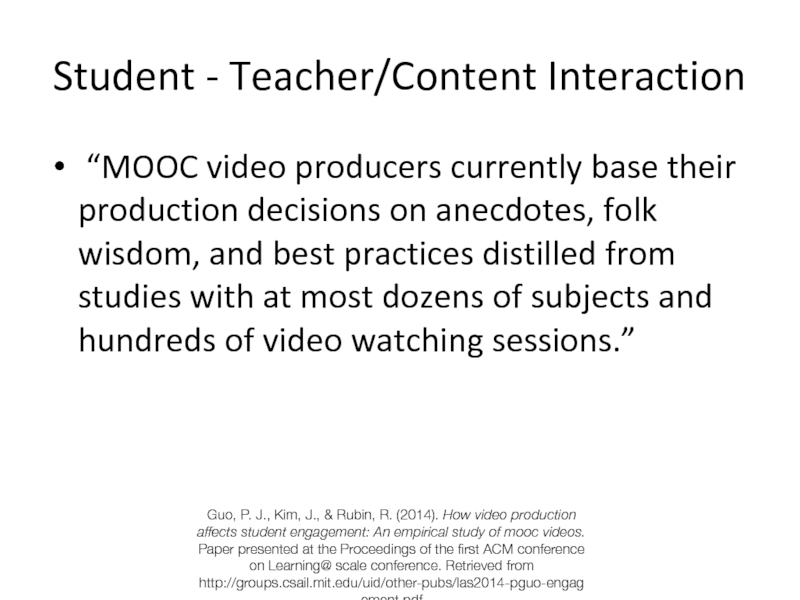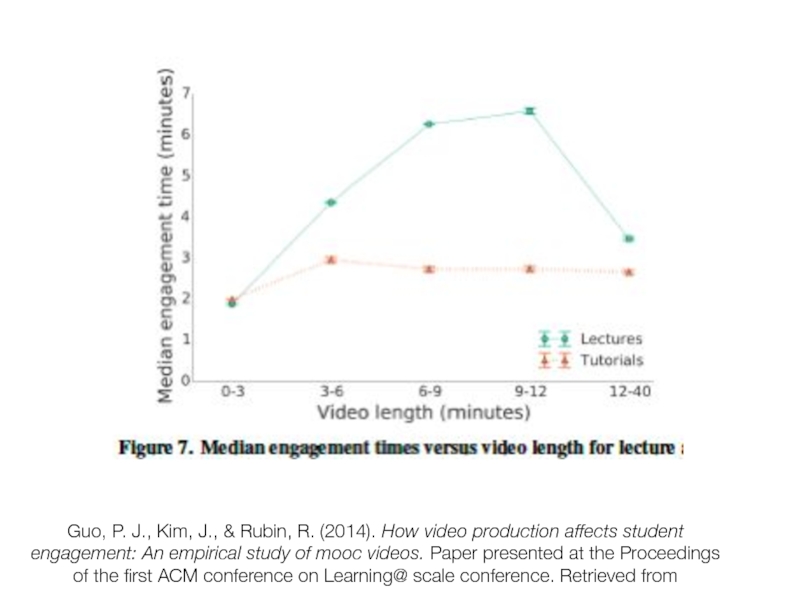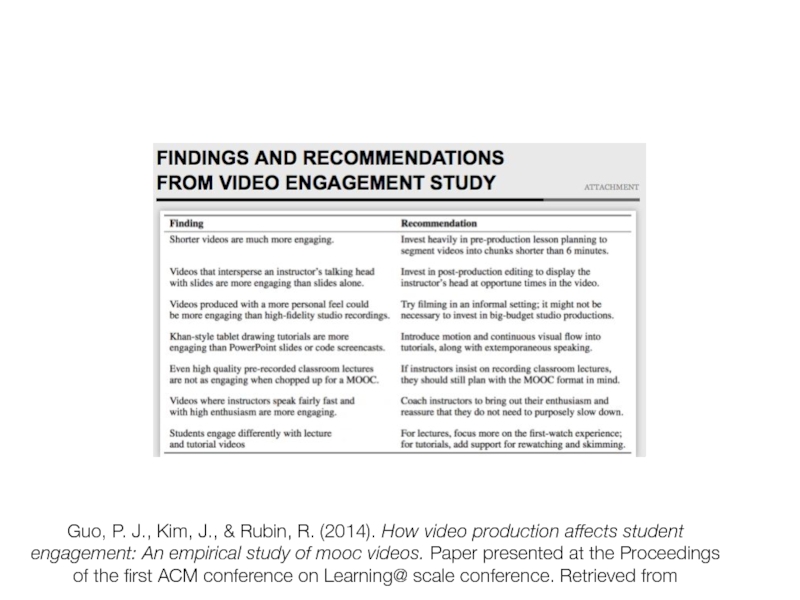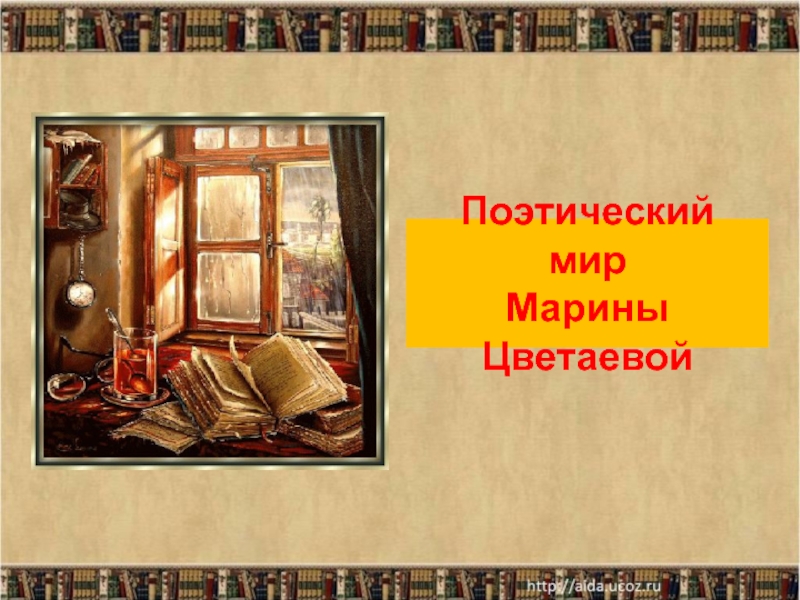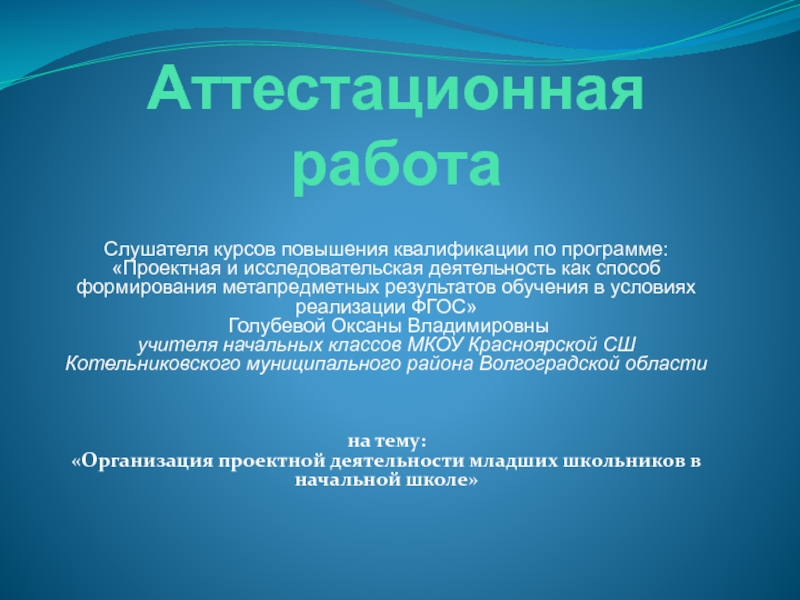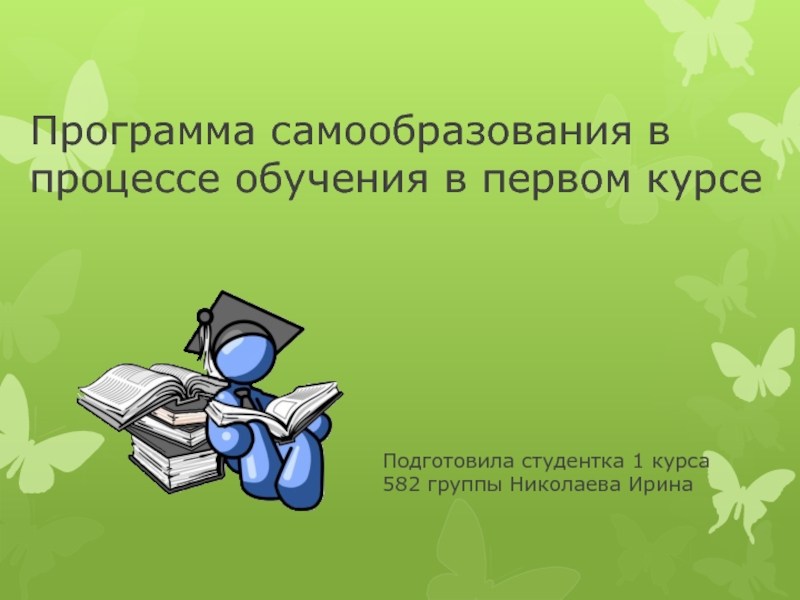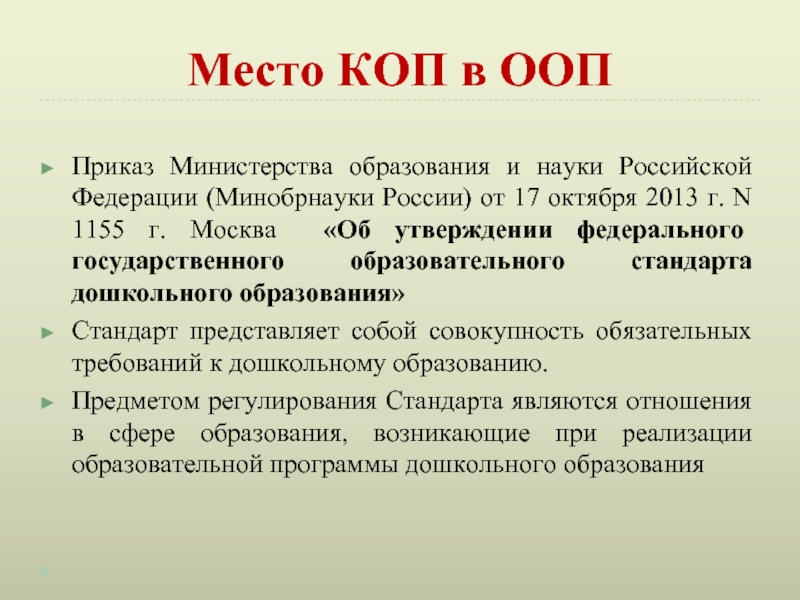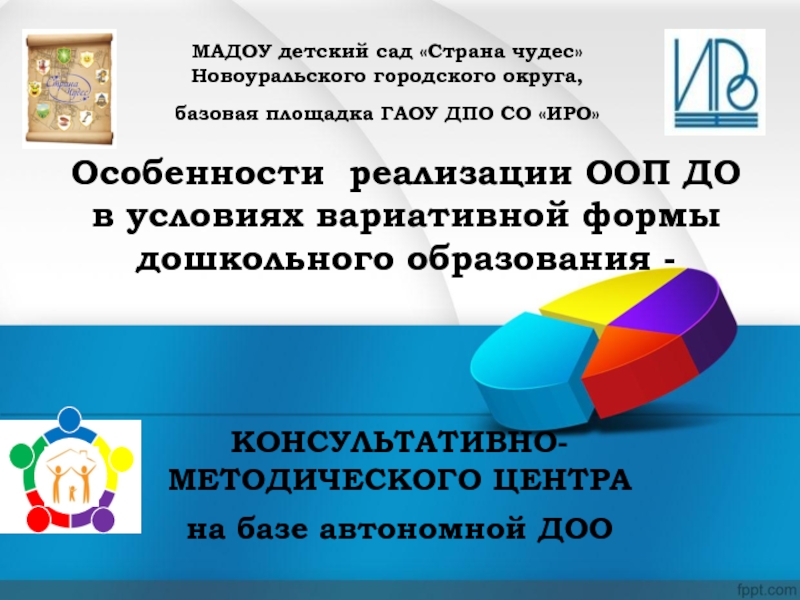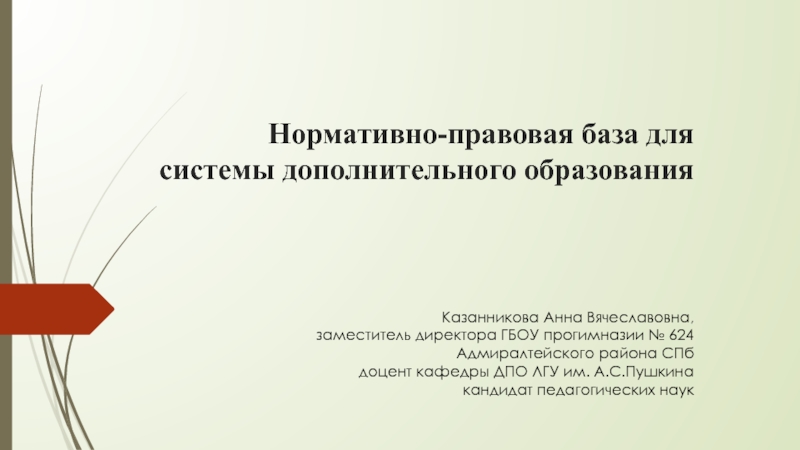- Главная
- Разное
- Дизайн
- Бизнес и предпринимательство
- Аналитика
- Образование
- Развлечения
- Красота и здоровье
- Финансы
- Государство
- Путешествия
- Спорт
- Недвижимость
- Армия
- Графика
- Культурология
- Еда и кулинария
- Лингвистика
- Английский язык
- Астрономия
- Алгебра
- Биология
- География
- Детские презентации
- Информатика
- История
- Литература
- Маркетинг
- Математика
- Медицина
- Менеджмент
- Музыка
- МХК
- Немецкий язык
- ОБЖ
- Обществознание
- Окружающий мир
- Педагогика
- Русский язык
- Технология
- Физика
- Философия
- Химия
- Шаблоны, картинки для презентаций
- Экология
- Экономика
- Юриспруденция
TheMedia is the Pedagogy презентация
Содержание
- 1. TheMedia is the Pedagogy
- 2. Learning & Networks Trump Teaching, Innovation and Pedagogy
- 3. Values We can (and must) continuously improve
- 4. E-Learning is not the same
- 5. Learning as Dance (Anderson, 2008) Technology
- 6. learning together
- 7. The two biggest e-learning success stories so far?
- 8. The two biggest e-learning success stories so far?
- 9. A typology of social forms Learning Alone
- 10. Learning Alone Maximizes Freedom: Space, time, pace,
- 11. Self Directed or Self Paced learning Learner
- 13. Everyone can own a MOOC
- 14. Then there was groups…
- 15. Constructivist Learning in Groups Long history of
- 16. Increase in learning outcomes, social skills,
- 17. Flipped Classroom
- 19. Formal Education offers only these two models
- 20. …then networks
- 22. Networks Emergent Persistent Bursty Span boundaries Easy entry & exit Often informal Communities of practice
- 23. Networks add diversity to learning “People who
- 24. Estuary Learning
- 25. Social Network Tools Tools for Building Personal
- 26. Privacy Concern by Age Anderson, T.,
- 27. There were always sets… …but we didn’t pay much attention to them
- 28. Sets: People with shared attributes and a common virtual or physical space
- 29. Cooperation Sharing Curation Tagging Co-editing Co-creating
- 30. Co-operation: working independently for the greater good Collaboration: working together for the greater good
- 32. Why sets?
- 33. Eric Whitacer’s Virtual Choir (4)
- 34. Sets are good for… finding answers finding
- 35. Set of all people suffering from anxiety
- 36. but…
- 37. Why contribute to a set?
- 38. Focus
- 39. Depth and engagement
- 40. Trust The problem of evil The problem of stupidity The problem (?) of diversity
- 41. open unprotected disclosed exposed insecure closed
- 42. Collectives
- 44. capture process feedback
- 45. Collective concerns filter bubbles path dependencies intentional
- 46. Universities departments companies nations Tribes Social
- 47. Generations of distance learning pedagogies Behaviourist/Cognitive
- 48. Is the LMS BAD? Bricolage – the
- 49. Walled Gardens (with windows) Connectivist learning thrives
- 50. Athabasca Landing User owned and generated tool kit
- 51. Enactment At Athabasca Landing
- 52. Landing.athabascau.ca Elgg based, open source Walled garden
- 53. The Social Aggregations and Tech of
- 54. aupress.ca www.irrodl.org Open Scholars Write
- 55. Jon Dron - jond@athabascau.ca http://jondron.athabascau.ca http://jondron.org
- 56. Slides at http://http://tinyurl.comhttp://tinyurl.com/CNIE2014 Terry
- 57. Student - Teacher/Content Interaction “MOOC video
- 58. Guo, P. J., Kim, J., &
- 59. Guo, P. J., Kim, J., &
Слайд 3Values
We can (and must) continuously improve the quality, effectiveness, appeal, cost
Student control and freedom is integral to 21st century life-long education and learning.
Continuing education opportunity is a basic human right.
Слайд 5Learning as Dance
(Anderson, 2008)
Technology sets the beat and the timing.
Слайд 9A typology of social forms
Learning Alone
The group
Hierarchies, membership, intentionality, collaboration, boundaries
The
The set Publication, aggregation, anonymity, cooperation
The collective Computational agents, algorithms, analytics, visualization, crowd wisdom/mob stupidity
Слайд 10Learning Alone
Maximizes Freedom:
Space, time, pace,
Allows and promotes
Freedom from “group think”
Power of auto-didacticism
Lifelong learning
Freedom from groups
Слайд 11Self Directed or Self Paced learning
Learner sets start date and the
Continuous assessment
Maximizes learner control
Higher drop out
Ted Talks, Khan Academy, OERU
Only one of the Major MOOCs (Udacity) providers offers this option
Слайд 15Constructivist Learning in Groups
Long history of research and study
Established sets of
Classrooms
Learning Management Systems (LMS)
Synchronous (chat, video & net conferencing)
Email, wikis, blogs
Need to develop face to face, mediated and blended group learning skills
Garrison, R., Anderson, T., & Archer, W. (2000). Critical thinking in text-based environment: Computer conferencing in higher education. The Internet and Higher Education, 2(2), 87-105.
Слайд 16
Increase in learning outcomes, social skills, positive attitudes to learning BUT
“the
Hsiung, C.-m. (2012). The Effectiveness of Cooperative Learning. Journal of Engineering Education, 101(1), 119-137.
Слайд 22Networks
Emergent
Persistent
Bursty
Span boundaries
Easy entry & exit
Often informal
Communities of practice
Слайд 23Networks add diversity to learning
“People who live in the intersection of
Edge effects, estuary learning
Слайд 25Social Network Tools
Tools for Building Personal Networks of people and Resources
Means
Ownership and identity
Supports long term networking partnerships, relationships, alumni
Weak and strong ties
Boundary crossing and serendipity
Place for coalescence of sets into networks and groups, nets into groups.
Discovery, external validation and cross network enrichment
Слайд 26Privacy Concern by Age
Anderson, T., Poelhuber, B., & McKerlich, R. (2010).
Слайд 30Co-operation: working independently for the greater good
Collaboration: working together for the
Слайд 34Sets are good for…
finding answers
finding people
starting groups and networks
diverse perspectives
serendipity
learner choice
freedom
reducing
Слайд 35Set of all people suffering from anxiety in online classes
Please take
This is a rather short survey (22 questions). It is for an in-class assignment, is a pilot for future study, and the results will not be published. More details are on the survey’s informed consent form.
Thank you!
--Alana S. Phillips
doctoral student
University of North Texas
alanaphillips@my.unt.edu
Sets for Research as well as Learning
Слайд 41open
unprotected
disclosed
exposed
insecure
closed
protected
private
hidden
safe
Dron, J., & Anderson, T. (2014) Agoraphobia and the modern learner.
Слайд 45Collective concerns
filter bubbles
path dependencies
intentional abuse
selection bias
Matthew Effect
missing pedagogical models
echo chambers
Слайд 46Universities
departments
companies
nations
Tribes
Social networks -
friends, work,
community
Subject areas
Geographically collocated people
Classes
Tutorial groups
Seminars
Project
ad-hoc learning networks
clubs & societies
Communities of practice
Wikipedia editors
Subject area mailing lists
alumni networks
Blends and combinations
Слайд 47Generations of
distance learning pedagogies
Behaviourist/Cognitive – Self Paced, Individual Study,
Social constructivist
Connectivist – Networks
Holist - Sets and Collectives
Anderson, T., & Dron, J. (2011). Three generations of distance education pedagogy. International Review of Research on Distance and Open Learning, 12(3), 80-97
Private
Public
net
group
set
individual
Слайд 48Is the LMS BAD?
Bricolage – the LMS as Enterprise Systems doesn’t
Affordances – resulting in an inability to leverage the affordances of technology to improve learning and teaching.
Distribution – the idea that knowledge about how to improve L&T is distributed and the implications that has for the institutional practice of e-learning."
http://davidtjones.wordpress.com/
David Jones
Слайд 49Walled Gardens (with windows)
Connectivist learning thrives in safe learning spaces with
Слайд 52Landing.athabascau.ca
Elgg based, open source
Walled garden WITH windows – very fine permissions
Beyond the LMS
Adoption issues
Слайд 53The Social Aggregations and Tech of 3 Generations of Connective
Individuals
Groups
Networks
Sets
3rd Gen. Connectivist
2nd Gen. Social Constructivist
1st Gen
Cognitive/Behavioural
Self Paced
Learning Tech
LMS
Network
Tools
Слайд 54
aupress.ca
www.irrodl.org
Open Scholars Write and Read
Open Access Books
Teaching in Blended Learning
Environments: Creating and Sustaining Communities of Inquiry
Vaughan, Cleveland-Innes,
& Garrison
Слайд 55
Jon Dron - jond@athabascau.ca
http://jondron.athabascau.ca
http://jondron.org
@jondron on almost everything
Terry Anderson- terrya@athabascau.ca
http://terrya.edublogs.org
Coming soon
Teaching Crowds: Learning and Social Media
http://www.aupress.ca/index.php/books/120235
Слайд 56
Slides at http://http://tinyurl.comhttp://tinyurl.com/CNIE2014
Terry Anderson terrya@athabascau.ca
Blog: terrya.edublogs.org
Your comments and questions most welcomed!
Слайд 57Student - Teacher/Content Interaction
“MOOC video producers currently base their production
Guo, P. J., Kim, J., & Rubin, R. (2014). How video production affects student engagement: An empirical study of mooc videos. Paper presented at the Proceedings of the first ACM conference on Learning@ scale conference. Retrieved from http://groups.csail.mit.edu/uid/other-pubs/las2014-pguo-engagement.pdf
